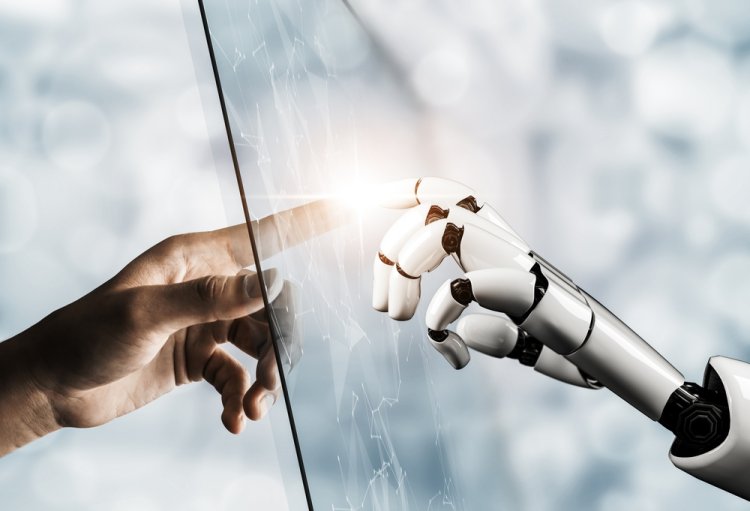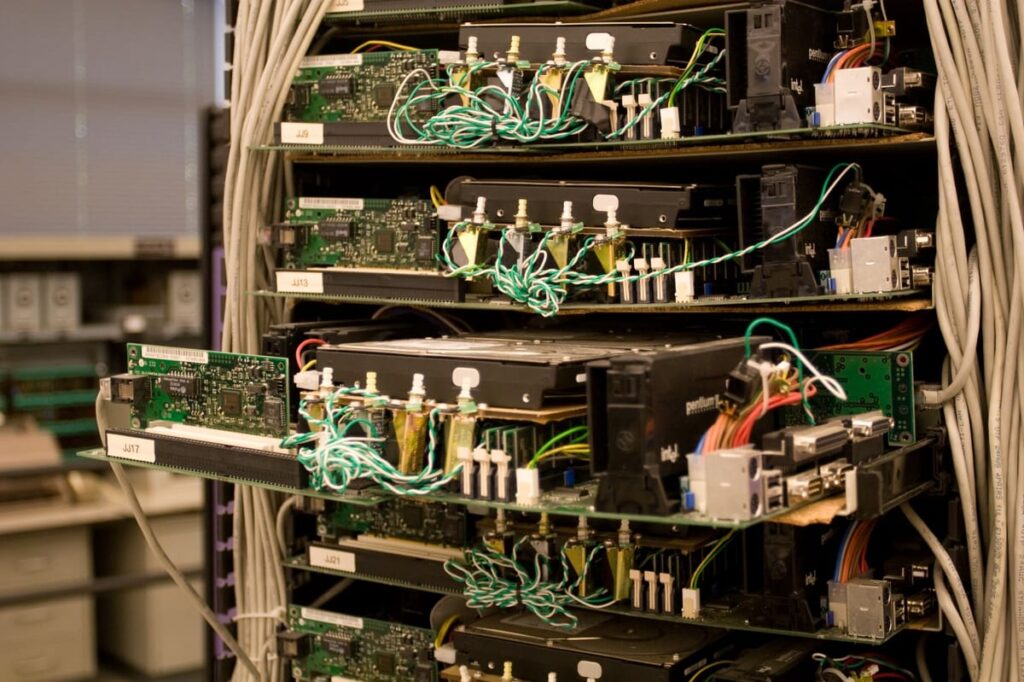Prosthetic technology has undergone a remarkable transformation over the centuries. What started as simple mechanical devices has evolved into advanced bionic prosthetics capable of restoring function, dexterity, and independence to amputees.
In this blog, we’ll explore the history and evolution of bionic prosthetics, examining how innovations in materials, robotics, and artificial intelligence have redefined what these devices can achieve.
Early Prosthetics: Mechanical Beginnings
The history of prosthetics dates back thousands of years, beginning with rudimentary devices designed for basic functionality.
Ancient Innovations
Early prosthetic devices were primarily made from wood, leather, or metal. They served to replace missing limbs and improve mobility but offered limited functionality. Examples include simple peg legs and wooden hands. While these devices restored some independence, they lacked the ability to replicate natural movement.
Limitations of Early Prosthetics
These early designs were bulky and uncomfortable. Users often struggled with basic tasks, and the prosthetics could not mimic fine motor skills. Despite these limitations, they laid the groundwork for future innovations in prosthetic technology.
The Mechanical Age of Prosthetics
By the 19th and early 20th centuries, prosthetic design had advanced with the introduction of mechanical components.
Body-Powered Prosthetics
Body-powered prosthetics used cables and harnesses to transmit movement from the user’s body to the device. This allowed for more functional control, such as opening and closing a hook or gripping objects.
Limitations and Challenges
Although mechanical prosthetics improved usability, they were still limited in precision and comfort. Users had to rely heavily on strength and coordination to operate the devices, which could be tiring and inefficient over time.
Emergence of Myoelectric Prosthetics
The mid-20th century marked a major breakthrough with the development of myoelectric prosthetics, which use electrical signals from residual muscles to control movement.
Introduction of Myoelectric Control
Myoelectric sensors detect electrical activity in the residual limb and translate it into motion in the prosthetic. This allowed users to perform smoother, more precise movements compared to traditional mechanical devices.
Enhancing Functionality
Myoelectric prosthetics enabled users to perform a wider range of tasks, from holding objects to typing. This technology marked the beginning of modern bionic prosthetics, which focus on replicating natural hand and arm movements.
The Rise of Advanced Bionic Prosthetics
Today, bionic prosthetics have evolved far beyond simple myoelectric systems. They integrate robotics, AI, and sensory feedback to restore dexterity, strength, and independence.
Robotics and Precision
Modern bionic prosthetics use robotic actuators to replicate finger and wrist movements. These systems allow precise control, enabling users to perform delicate tasks like writing, cooking, or using digital devices.
Sensory Feedback and Haptics
Advanced bionic prosthetics also provide tactile feedback. Sensors detect pressure and texture, sending signals to the user so they can “feel” objects. This breakthrough improves control, reduces accidents, and enhances daily functionality.
Impact on Rehabilitation and Quality of Life
The evolution of bionic prosthetics has had a profound impact on rehabilitation and user independence.
Supporting Physical Therapy
Bionic prosthetics encourage muscle engagement and improve coordination. Users practice real-world tasks during therapy, accelerating recovery and improving long-term functionality.
Emotional and Social Benefits
Regaining mobility and dexterity with bionic prosthetics restores confidence. Users feel empowered to participate in work, hobbies, and social activities, enhancing emotional well-being and quality of life.
Emerging Innovations and the Future
The future of bionic prosthetics is promising, with research focused on neural integration, AI-driven control, and lightweight, ergonomic designs.
Neural-Controlled Prosthetics
Future devices may connect directly with the nervous system, allowing users to control prosthetics with their thoughts. This technology could further improve dexterity and responsiveness.
Wider Accessibility
As production costs decrease, advanced bionic prosthetics will become more accessible globally, providing life-changing solutions to a broader population of amputees.
Conclusion
The evolution of bionic prosthetics has been extraordinary. From simple wooden devices to sophisticated AI-powered systems, these advancements have transformed the lives of amputees.
Modern bionic prosthetics restore independence, dexterity, and confidence, demonstrating how technology can enhance human capabilities. As innovation continues, the future promises even more intuitive, functional, and accessible prosthetic solutions, enabling users to live fully and independently.



